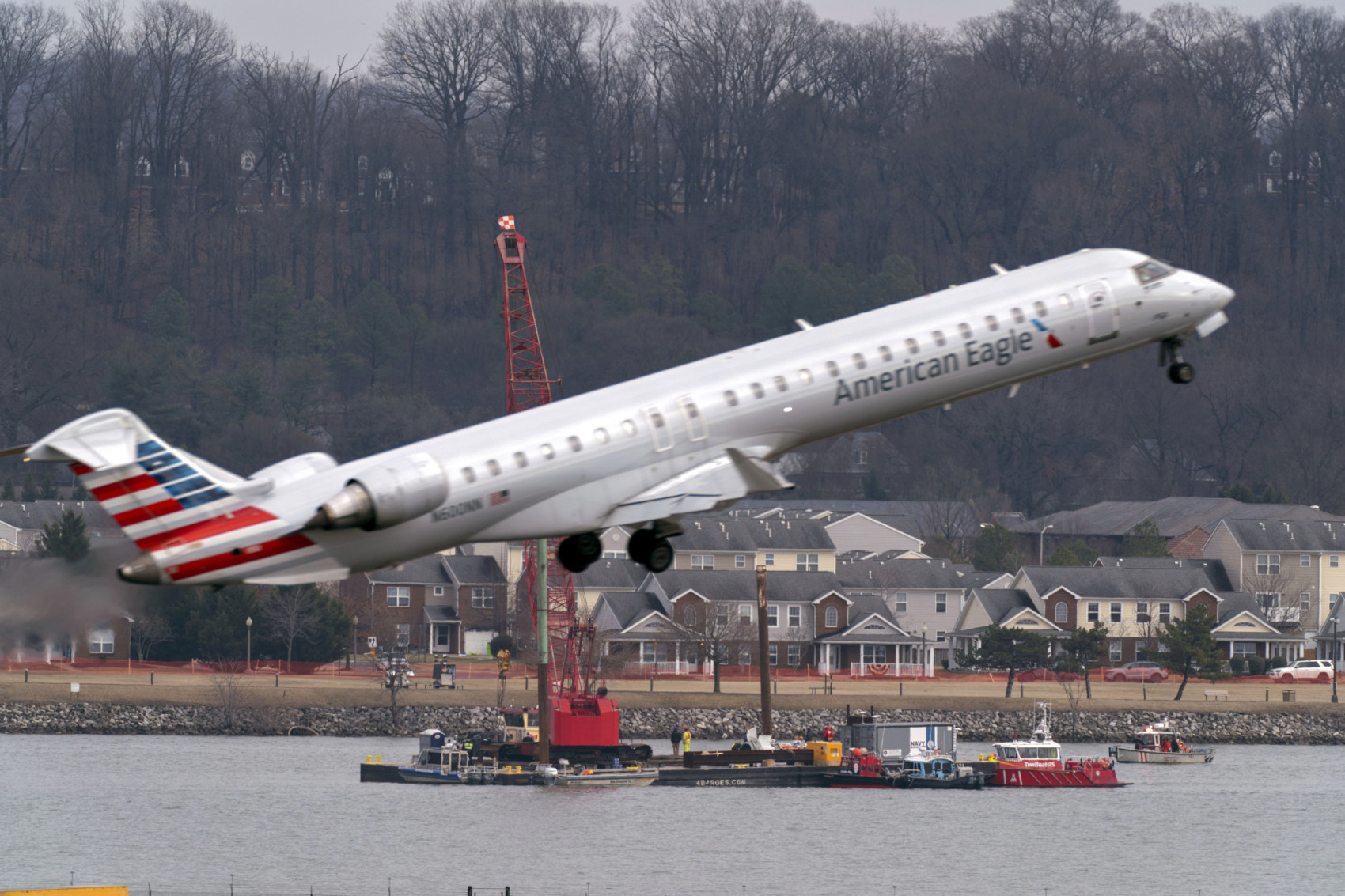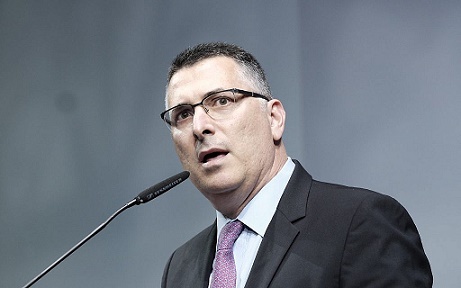FAA Staff Cuts Follow Washington's Air Tragedy
In the wake of a fatal collision in Washington D.C., the U.S. administration has proceeded with extensive layoffs within the Federal Aviation Administration, raising concerns about aviation safety.
Published February 18, 2025 - 00:02am

Image recovered from japantoday.com
The recent decision by the Trump administration to initiate mass layoffs within the Federal Aviation Administration (FAA) has sparked significant discussion and concern across various sectors in the United States. This action comes merely weeks after a tragic mid-air collision at Ronald Reagan Washington National Airport, which claimed multiple lives and underscored existing concerns regarding aviation safety and staffing shortages in the country.
Sources within the FAA and the Professional Aviation Safety Specialists union have revealed that several hundred probationary employees have been dismissed via late-night emails. These employees, who were reportedly informed of their termination without cause, include personnel involved in vital roles such as radar operation and navigational aid maintenance. David Spero, president of the union, expressed his dismay at the abrupt dismissals and highlighted the potential risks posed by sapping critical human resources at such a tenuous moment for the agency.
Federal officials have long stressed the pressing issues faced by the air traffic control system in the United States, which has been beleaguered by staffing shortages, systemic inefficiencies, and a series of close calls in recent years. These challenges have been attributed to a variety of factors, including non-competitive salaries, long working hours, and intensive training requirements that have deterred prospective recruits from the aviation sector. In this context, the recent firings have amplified concerns about the FAA's ability to maintain safety standards and effectively manage the national airspace.
The tragic incident on January 29 involved a collision between a U.S. Army Black Hawk helicopter and an American Airlines passenger jet near the Washington airport. The crash resulted in the deaths of 60 passengers and several military personnel aboard, marking a dark moment in the region's aviation history and prompting further scrutiny of air traffic management and aviation safety protocols.
Reaction to the FAA layoffs has been intense, with both industry insiders and political figures expressing reservations. Critics argue that the decision to cut staff, particularly following an incident of such gravity, could exacerbate existing challenges within the agency and undermine public confidence in air travel safety. Conversely, proponents within the administration assert that the move is part of a broader strategy to streamline federal operations, improve government efficiency, and allocate resources more judiciously.
President Donald Trump's involvement in the decision has added another layer of complexity to the discourse. Earlier actions such as the dismissal of the Aviation Security Advisory Committee members—an entity formed in response to historic aviation security failures—fueled speculation about the administration's commitment to aviation safety. Meanwhile, some commentators have speculated on potential links between individual dismissals and personal opinions, particularly in the politically charged environment surrounding the activities of public figures like Elon Musk and his enterprises.
From a policy perspective, the situation has reignited debates on the priorities of federal aviation oversight and the need for a strategic review of current staffing and safety measures. The National Air Traffic Controllers Association has indicated plans to analyze the broader implications of these terminations on operational safety and the resilience of the aviation infrastructure.
As the dust settles, stakeholders within the aviation sector are calling for transparency and dialogue, hoping to reconcile safety objectives with fiscal prudence. The fate of the FAA and future policy decisions will likely have long-standing impacts, not only on national air traffic management but also on public trust in the systems designed to safeguard the skies.






